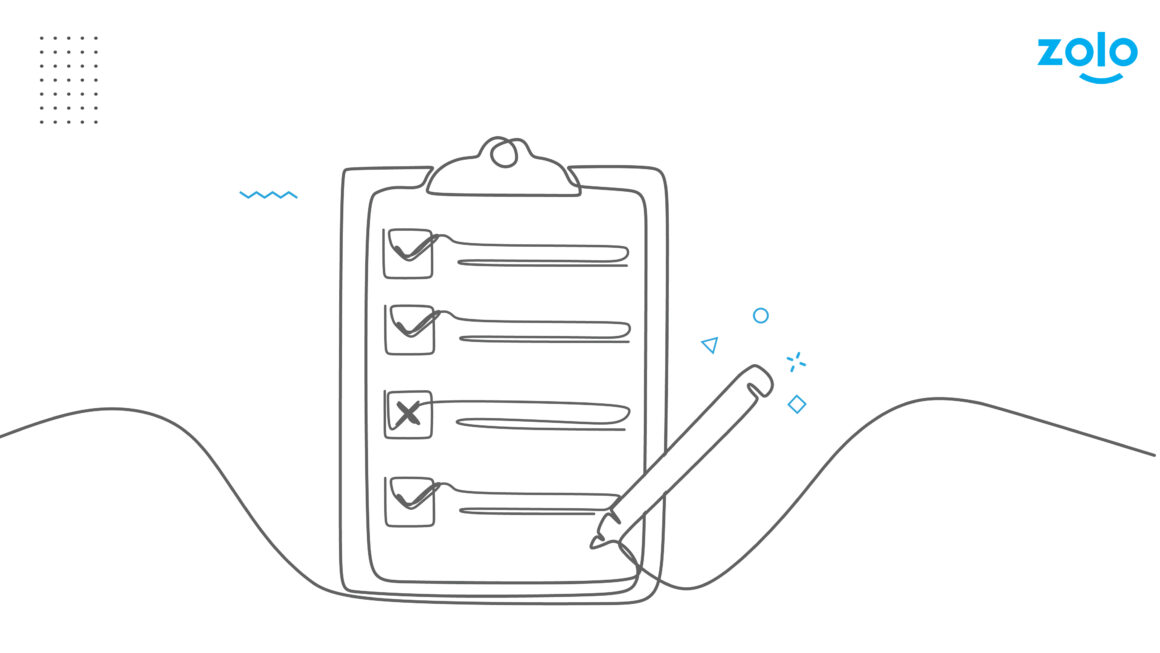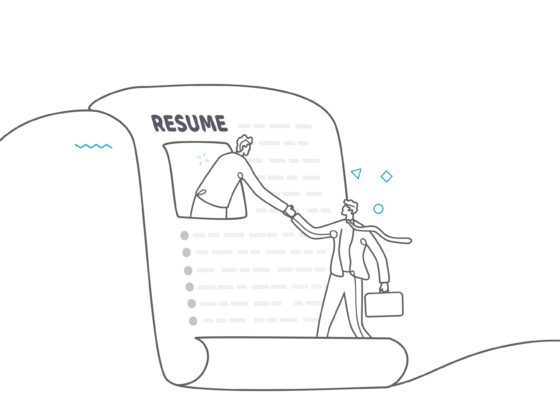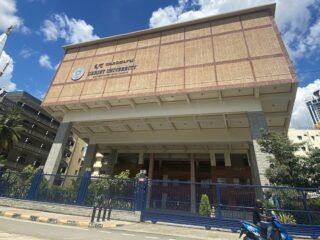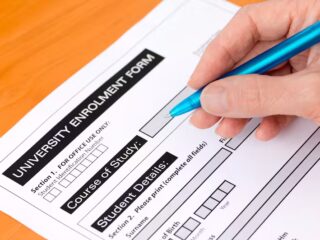Table of Contents
- What is a Job Description?
- Analyzing a Job Description: Breaking It Down
- Gaining Clarity on Job Roles
- Application Fit: Finding Your Perfect Match
- Strategic Job Search Process
- Meeting Job Qualifications and Employment Criteria
- Beyond the Job Description: Crafting Your Own
- Zolostays: More Than Just a Place to Live

Navigating the job market can be daunting, especially if you’re a fresher just stepping into the professional world. One of the most crucial skills in your job search is mastering the art of reading and interpreting job descriptions. This skill not only helps you apply to roles that genuinely fit your profile but also increases your chances of landing interviews and, ultimately, securing your desired job. At Zolostays, we understand the challenges freshers face, and we’re here to guide you through this essential process.
What is a Job Description?
A job description is more than just a list of duties; it’s a roadmap that outlines what a company expects from a candidate in a specific role. It details the responsibilities, required qualifications, skills, and sometimes the company’s culture. For freshers, understanding these descriptions can be the difference between applying for a job that’s a perfect fit and one that might not lead to the career growth you’re hoping for.
Analyzing a Job Description: Breaking It Down
1. Understand the Job Title
The job title is your first clue. It gives you a snapshot of the role’s level, such as ‘Junior Software Developer’ or ‘Marketing Coordinator.’ As a fresher, target entry-level positions or roles that indicate a learning or training component.
2. Examine Core Responsibilities
This section often lists the day-to-day tasks you’ll be expected to handle. Look for keywords like “manage,” “develop,” “coordinate,” and “support” to understand the scope of the role. Assess whether these responsibilities align with your skills and experiences. For instance, if a role requires “managing social media accounts,” ensure you’re comfortable and skilled in that area before applying.
3. Identify Required Qualifications
Here, companies outline the essential and desirable qualifications. Essential qualifications are non-negotiable, such as specific degrees or certifications. Desirable qualifications might include experience with certain tools or additional soft skills. Freshers should focus on meeting as many essential qualifications as possible while also noting any desirable skills to mention in your cover letter or resume.
4. Gauge Role Expectations
Sometimes, job descriptions include specific expectations, like “ability to work under pressure” or “strong team player.” These phrases give insight into the company’s work environment. Freshers should consider if they are ready to meet these expectations or if the role’s demands align with their work style and career goals.
5. Assess Employment Criteria
This section may include specific requirements like certifications, technical expertise, or language proficiency. Make sure you meet these criteria before applying. If you don’t, consider whether you can quickly gain the necessary skills or if you should seek out roles better suited to your current qualifications.
Gaining Clarity on Job Roles
For freshers, understanding the nuances of a job role is essential. Here’s how to ensure you have clarity:
1. Role Description Analysis
Dig deeper into the job description to understand the full scope of responsibilities. This can include both the day-to-day tasks and the broader impact you’ll have within the company. Knowing this helps you see the bigger picture of how your role fits into the organization.
2. Aligning Duties with Career Goals
Check if the duties listed match your career aspirations. If you’re passionate about digital marketing but the job heavily focuses on traditional marketing methods, it might not be the best fit. Choose roles that will help you build a portfolio aligned with your long-term career goals.
3. Real-World Scenarios
Some job descriptions include examples or scenarios to illustrate what the role entails. These can be invaluable in helping you visualize your daily tasks and whether they excite you. For instance, if a job description mentions “collaborating with the product team to launch new features,” it gives you a sense of the collaborative nature and innovative environment you’ll be working in.
Application Fit: Finding Your Perfect Match
Finding the right job is about more than just matching qualifications. It’s about finding a role where you can thrive.
1. Skills Alignment
Compare your current skills with those listed in the job description. If you have a strong match, emphasize these skills in your resume and cover letter. If there’s a gap, consider whether it’s a skill you can quickly learn or if you should look for a role better suited to your strengths.
2. Understanding the Job Scope
The job scope tells you about the extent of your responsibilities and the potential for growth. Look for roles that challenge you just enough to push you out of your comfort zone without overwhelming you. This balance is crucial for freshers, who are still building their professional foundation.

Strategic Job Search Process
Approaching your job search with a strategy can save time and increase your chances of success.
1. Keyword Optimization
Use relevant keywords in your job search, such as “entry-level,” “junior,” or “trainee,” along with your desired industry or role. This ensures that you find job postings that are suitable for freshers.
2. Understand Variations in Job Descriptions
Different companies might describe the same role in various ways. Familiarize yourself with different terminologies used in your field. For example, a “Customer Success Manager” in one company might be called a “Client Relationship Specialist” in another.
3. Tailoring Applications
Customize your resume and cover letter for each job you apply to. Highlight the skills and experiences that align most closely with the job description. This not only makes your application stand out but also shows employers that you’ve taken the time to understand their needs.
Meeting Job Qualifications and Employment Criteria
1. Review and Reflect
Before applying, review the job qualifications thoroughly. Reflect on whether you meet these qualifications or are close enough to consider applying. If there are gaps, think about how you can address them in your cover letter.
2. Highlight Certifications and Skills
If the job requires specific certifications or skills you possess, make sure these are prominently featured in your application materials. If not, consider acquiring these certifications to enhance your employability.
Beyond the Job Description: Crafting Your Own
Sometimes, you might need to create or refine your own job description, especially in fields like freelancing or startups.
1. Detailed Duties and Responsibilities
Clearly outline the tasks and expectations. This clarity helps in setting the right expectations with clients or employers.
2. Role Significance
Explain how your role contributes to the broader goals of the organization. This not only adds value to your position but also helps you stay aligned with the company’s mission.
Zolostays: More Than Just a Place to Live
At Zolostays, we believe that finding the right job is much like finding the right place to live—it’s about fit, comfort, and the potential for growth. Our coliving spaces are designed to foster community and provide a supportive environment, much like how we hope this guide supports you in your job search journey. Just as we help you find a home that suits your lifestyle, we hope this guide helps you find a job that suits your career aspirations.
By following this guide, you can approach job descriptions with confidence, ensuring that your applications are targeted, your interviews are successful, and your career gets off to the right start. Happy job hunting!










